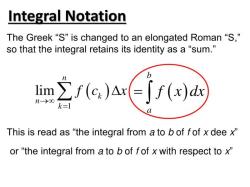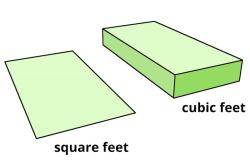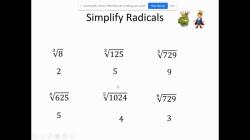How do you know how many SIG figs to use?
Determining how many significant figures (sig figs) to use in a number or calculation involves applying specific rules. These rules are used to represent the precision or uncertainty associated with the measured or calculated values. Here's how to determine the number of significant figures in a number:
Non-Zero Digits: All non-zero digits are always considered significant. For example, in the number 1234, all four digits (1, 2, 3, and 4) are significant.
Leading Zeros: Leading zeros, which appear before any non-zero digit, are not considered significant. They are placeholders but do not contribute to precision. For example, in the number 0.0072, only the digits 7 and 2 are significant.
Captive Zeros: Captive zeros, which appear between non-zero digits, are considered significant. For example, in the number 1002, all four digits are significant.
Trailing Zeros: Trailing zeros, which appear after any non-zero digit, are considered significant only if they are to the right of the decimal point. For example, in the number 1200.00, all six digits are significant because they are to the right of the decimal point.
Exact Numbers: Exact numbers have an infinite number of significant figures. These are typically values that are defined without measurement uncertainty, such as exact integers (e.g., 12 eggs) or defined constants (e.g., the speed of light, which is precisely 299,792,458 meters per second).
When you have a measured value or a calculation, you should apply these rules to determine the number of significant figures. Here are some examples:
Measured Value: If you measure the length of an object as 15.4 cm, there are three significant figures because all the digits are non-zero.
Calculated Value: If you calculate the result of 2.51 x 3.0, the result is 7.53, which has three significant figures because both values used in the multiplication have two significant figures each.
Rounding: If you have a calculated result and need to round it, ensure that the final number of significant figures reflects the precision of the data. For example, if you round 7.537 to three significant figures, it becomes 7.54.
When performing mathematical operations (addition, subtraction, multiplication, division) with numbers, it's crucial to follow specific rules to maintain the correct number of significant figures in the result. These rules ensure that the precision is appropriately conveyed in scientific and mathematical work.












